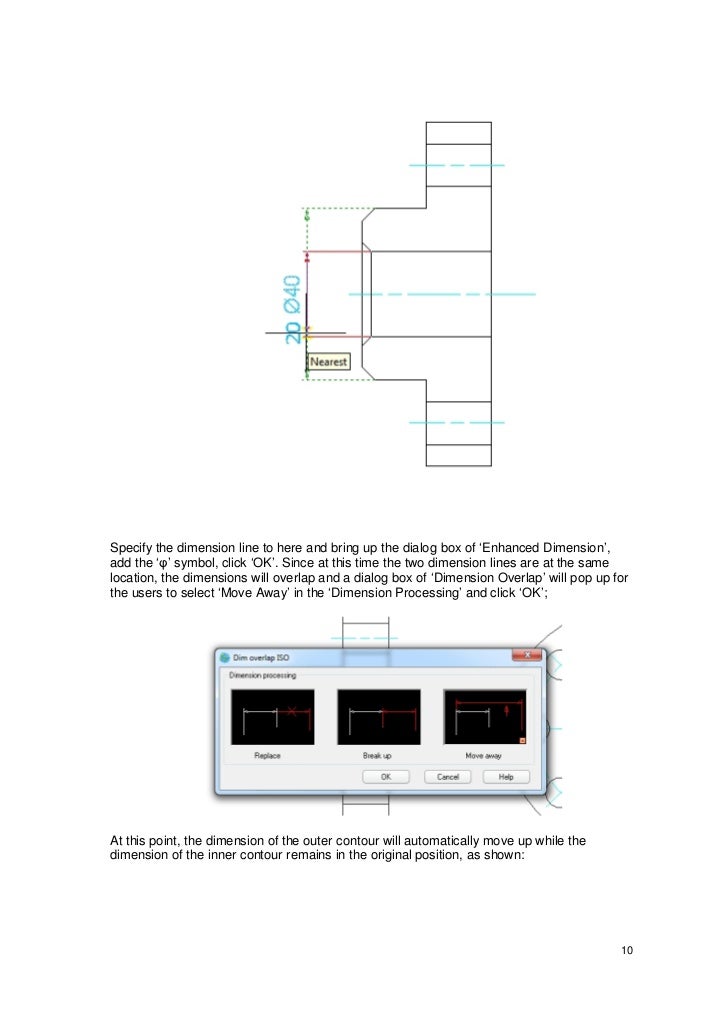

The learning curve seems easy for operators already familiar with other CAD environments. (To get 3D objects, users would use ZWCAD’s native 3D commands, or else acquire ZWSOFT’s ZW3D CAM/CAM software.) For simple day-to-day work, these 2D representations should be sufficient, especially when used with the extensive Parts Library included with the software. It is important to point out that none of the parts drawn by ZWCAD Mechanical are drawn in 3D rather, this software produces 2D representations of mechanical parts, just like AutoCAD Mechanical. Note that ZWCAD is a 32-bit application, and so might not take full advantage of 64-bit computers. The suffix (ENU = Europe, in this case) represents the localized environment where ZWCAD Mechanical is installed. In ZWCAD, the mechanical workspace is set up automatically by the installation process, which defaults to the profile named zwcadm_ENU. It installs the vanilla ZWCAD+ version along with the mechanical add-on.

Because Ralph Grabowski provided a detailed overview of the ZWCAD+ base application in I’ll jump directly onto the mechanical design aspects of the application.

ZWSOFT recently launched a mechanical flavor, naming it ZWCAD Mechanical. As a CAD application developed in China by ZWSOFT, ZWCAD has slowly made its presence noticeable over the past decade.


 0 kommentar(er)
0 kommentar(er)
